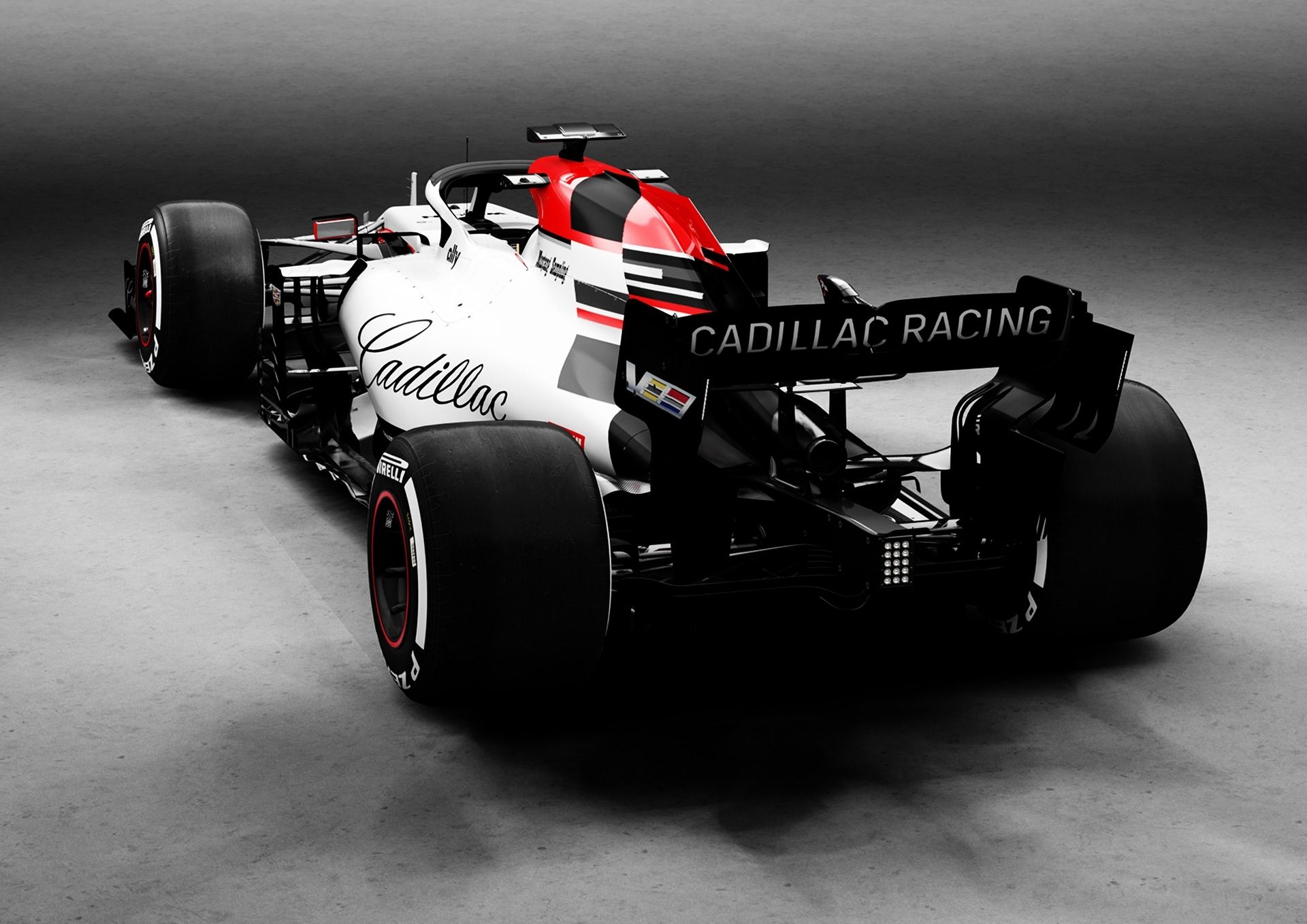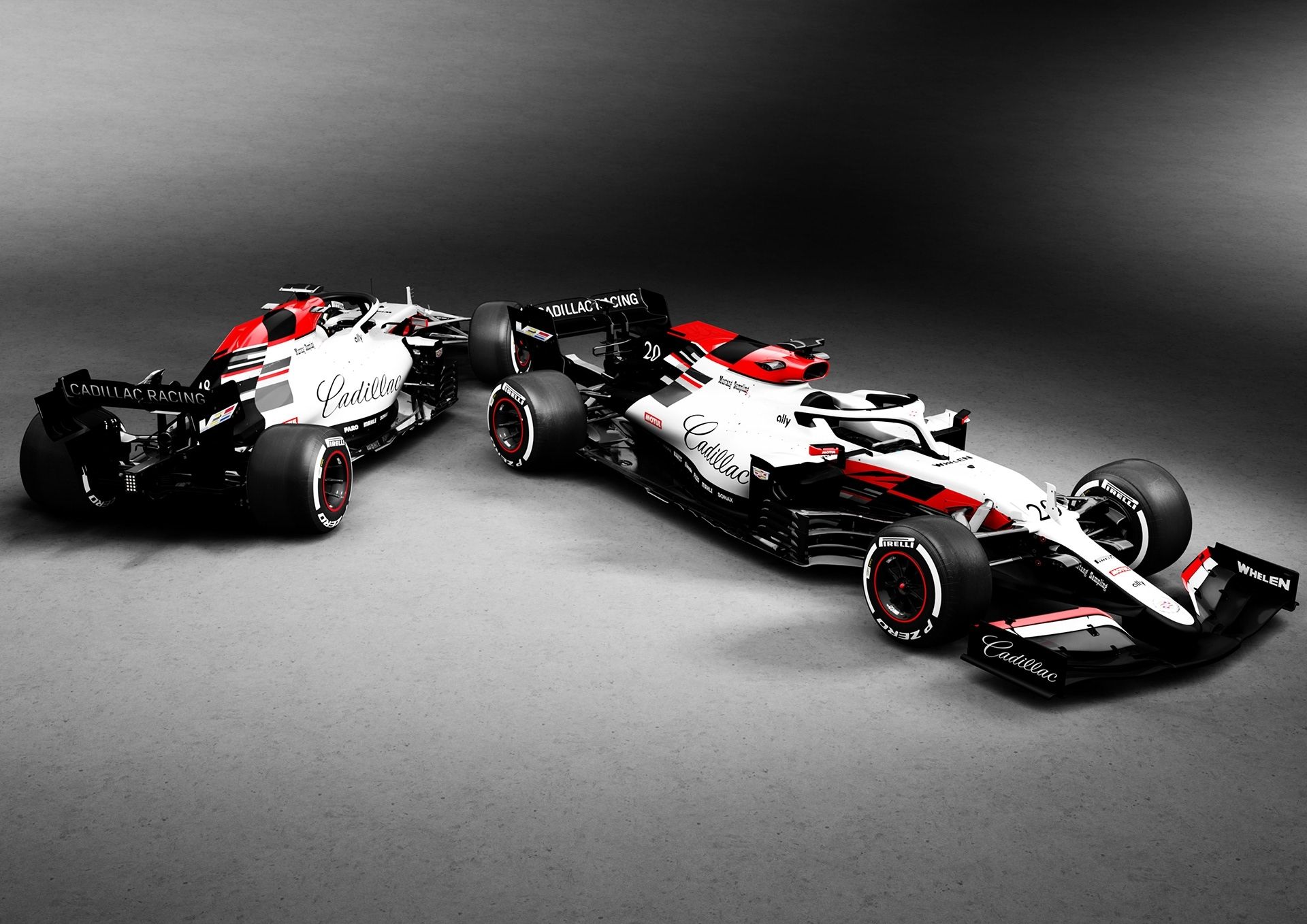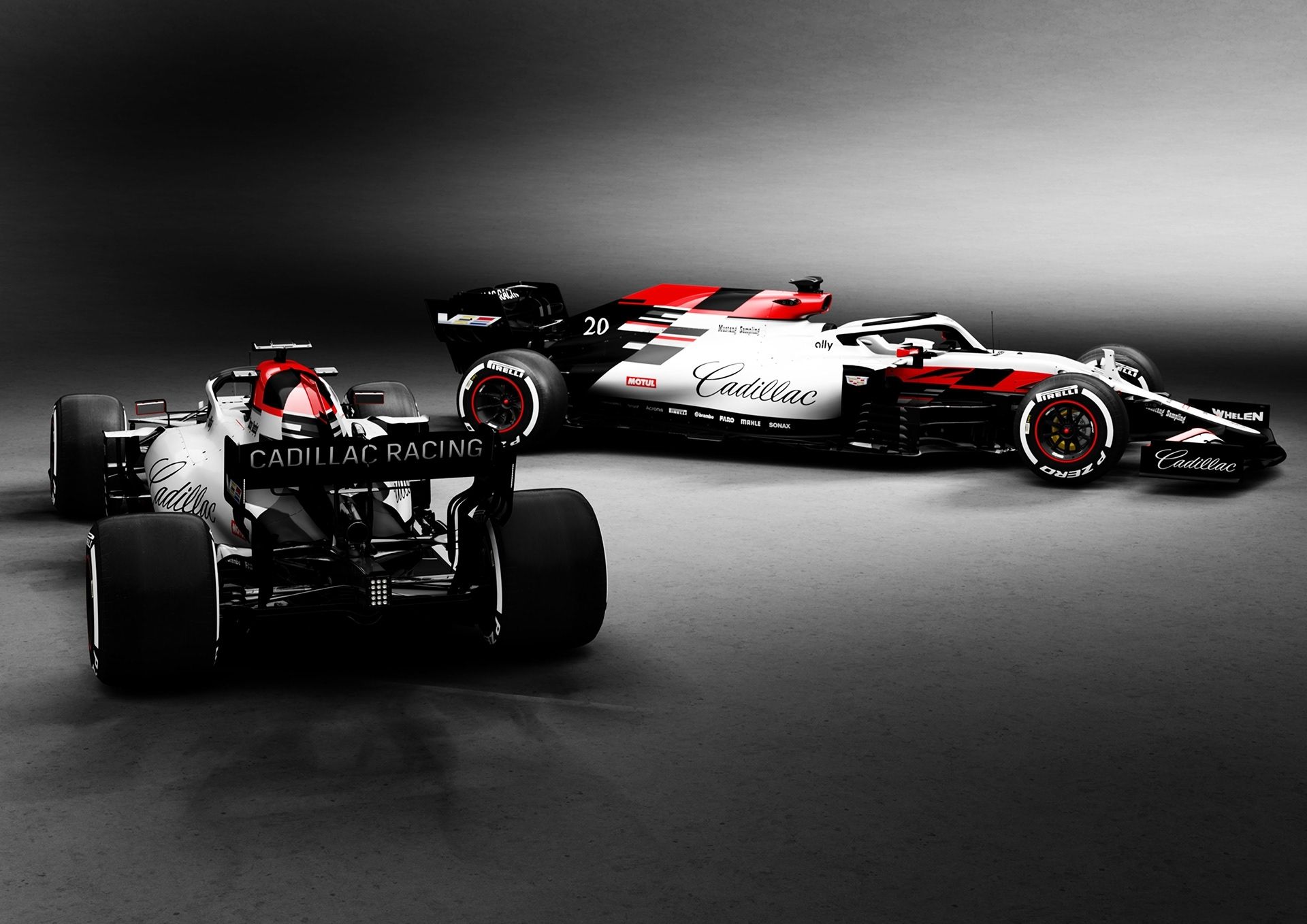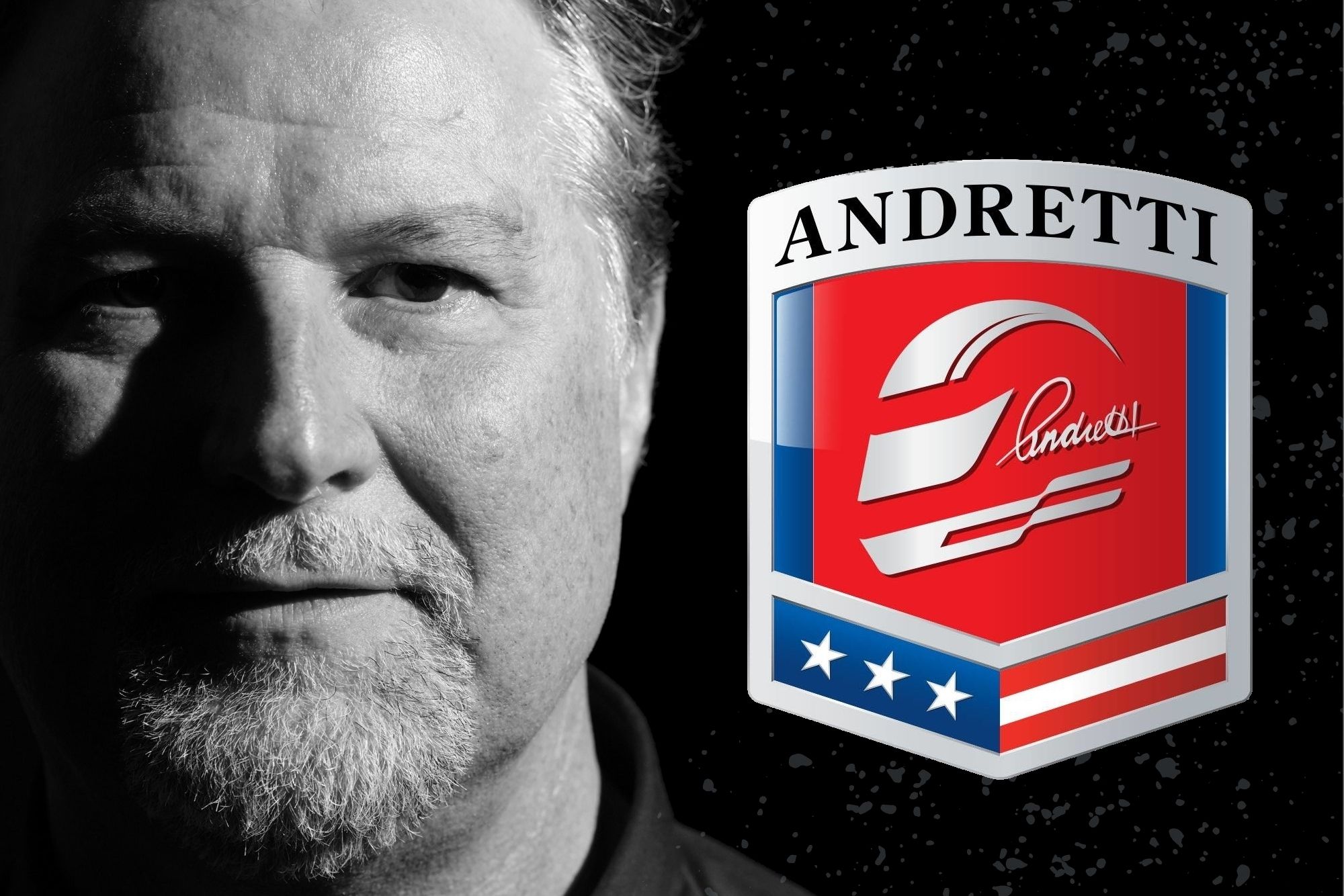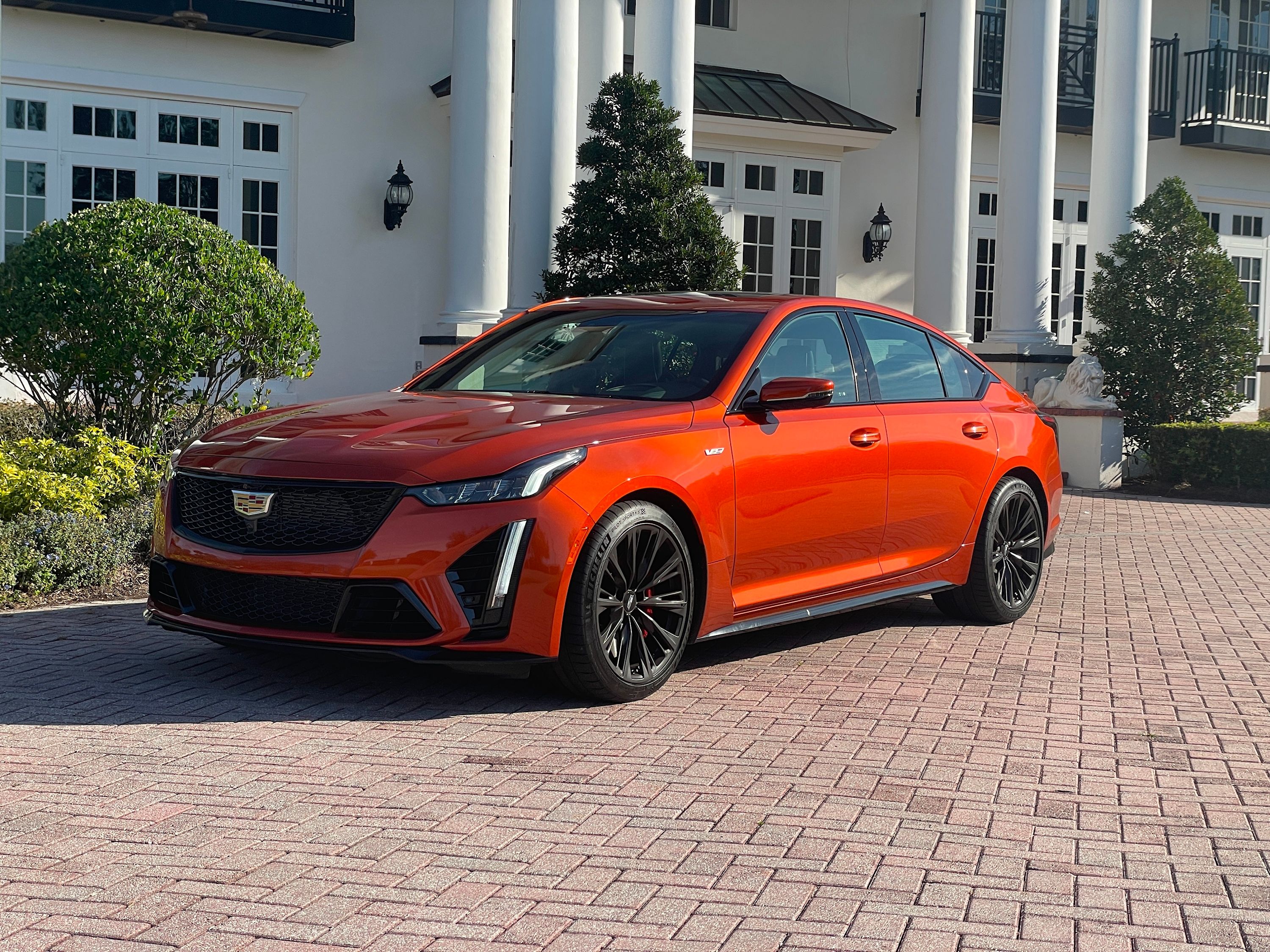
According to the FIA's president, Mohammed Ben Sulayem, there has been an adverse reaction to the governing body's recent actions that resulted in Cadillac and Andretti Global formally tabling their interest to enter the top tier of motorsport.
"It is surprising that there has been some adverse reaction to the Cadillac and Andretti news," Ben Sulayem posted on his Twitter feed. "The FIA has accepted the entries of smaller, successful organizations in recent years. We should be encouraging prospective F1 entries from global manufacturers like GM and thoroughbred racers like Andretti and others. Interest from teams in growth markets adds diversity and broadens F1's appeal."
This scathing post may be seen as a warning, but it also provides more insight into the ongoing battle Andretti Global has been facing since last year.
This post follows hot on the heels of epic news last week. Mohammed Ben Sulayem announced a new "Expressions of Interest" process to get new teams on the grid. Less than a day after he announced this, General Motors and Andretti Global announced their intent to use this new system to get the Cadillac brand on the grid with at least one full-time American driver.
GM and the Andrettis still have a long battle ahead, as the process is not as clear-cut as it seems. To understand why, you first need to understand the structure behind the various entities that need to give permission. The FIA is an international organization that governs multiple forms of motorsport, including the World Rally Championship and the World Endurance Championship.
The Formula One Group (F1) is a collection of companies responsible for promoting the sport and also holds all the commercial rights via Liberty Media, which is the majority owner. In short, if a country wants to host an F1 race, these people get all those sweet million-dollar hosting cheques.
The third controlling entity is the Concorde Agreement, which is a set of guidelines agreed upon by the FIA, the Formula One Group, and the F1 teams. The current Concorde Agreement is in effect until 2026, allowing for a maximum of 26 drivers on the grid, which means there is legally enough room for three additional teams running two cars.
To keep manufacturers from entering one year and simply leaving after failure, any new teams have to pay a $200 million entry fee, which is split equally amongst the 10 existing teams. The reason is to prevent prize money from being diluted, even though any new team is barred from receiving any prize money dividends during its first season.
Effectively, GM and Andretti are paying $200 million to join a super-secret club, which is a big steaming pile of BS.
Formula 1's boss, Stefano Domenicali, stated last year that getting new teams on the grid was not a priority. Reuters spoke with a team insider who paints an even bleaker picture. The majority of teams are afraid of diluting revenues. Not prize money, mind, but revenues. F1 is worth more than ever, and everyone is getting a more significant cut.
The insider also mentions that the consensus amongst the grid is that General Motors and Cadillac's involvement is nothing more than a badging exercise. To that, we say, which team is not a badging exercise? Every team out there is promoting a brand. The car most closely related to F1 is the famous Mercedes-AMG One, and it's so limited that few people will ever see one. The most successful team sells energy drinks. Why shouldn't Caddy be allowed to promote the CT5-V Blackwing using F1 racing?
For the record, the only F1 boss to come out and support more teams on the grid is McLaren's Zak Brown, an American. Brown mentioned growing the sport as his number one reason and called out the other teams for being short-sighted. Though we have no proof, we also like to think that Zak Brown is the kind of man who welcomes a rival, which is sportsmanship at its very best. CarBuzz salutes you, sir.
In stark contrast, Toto Wolff, team boss of the Mercedes-AMG Petronas F1, was clear about why he doesn't want other teams on the grid. According to Wolf, the value of F1 lies in its exclusivity, and the F1 brand would be diluted by adding more teams. Wolff has clearly forgotten the 1970s when more than a dozen teams took part and had to pre-qualify each race weekend to see which teams could even race.
To us, this sounds like Euro-snobbery mixed in with a bit of fear. Perhaps the European teams need another hiding, like the ones given to Ferrari by Ford at Le Mans in 1966, '67, '68, '69, and 1975.
According to Reuters, Ben Sulayem is exploring the expression of interest process, and the public will receive an update soon. Insiders are saying that the process will take time, and even if the newly formed Andretti Cadillac is approved, it will only be racing by 2026. That's when the new engine regulations come into play, saving General Motors a lot of money.
As you might have noticed, there are a lot of stern opinions in this piece. We find the hypocrisy of Formula 1 staggering. This year the USA will host three F1 races, more than any other country. Formula 1 will happily accept hosting fees from Texas, Miami, and Nevada, yet it seems to be allergic to the idea of an all-American team joining the grid.
It's an excellent way to lose millions of American fans.

